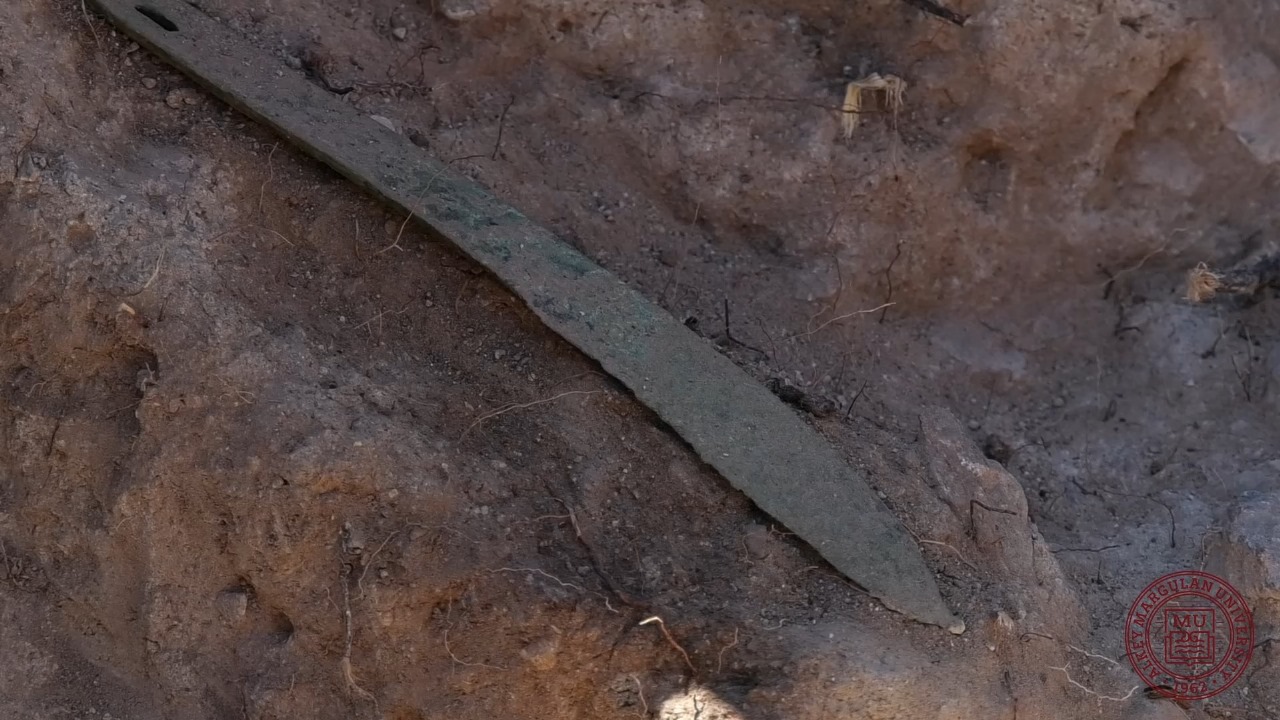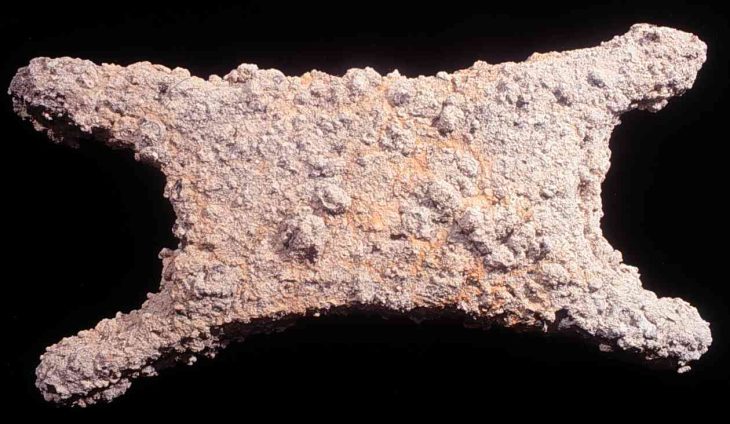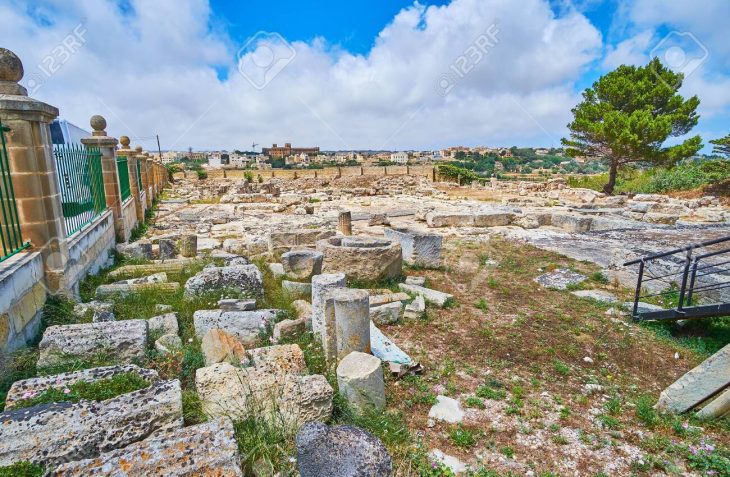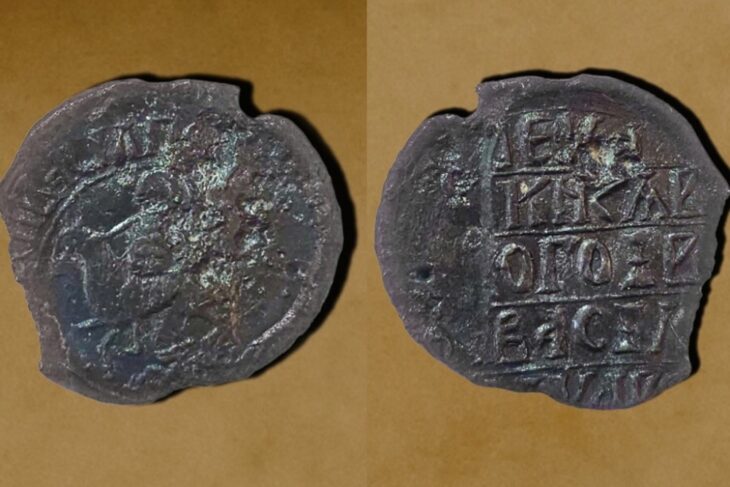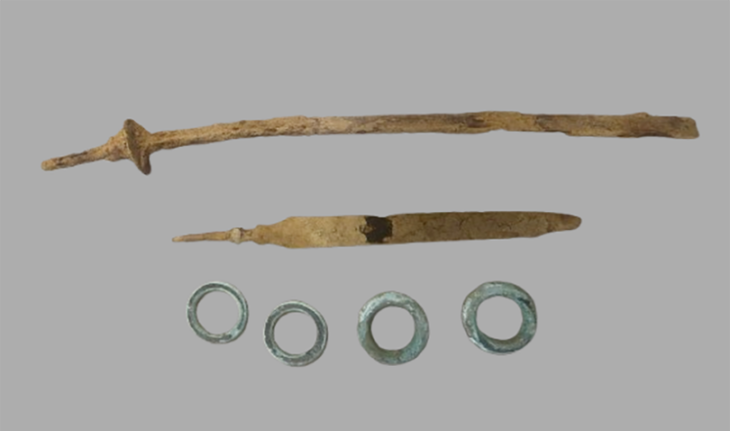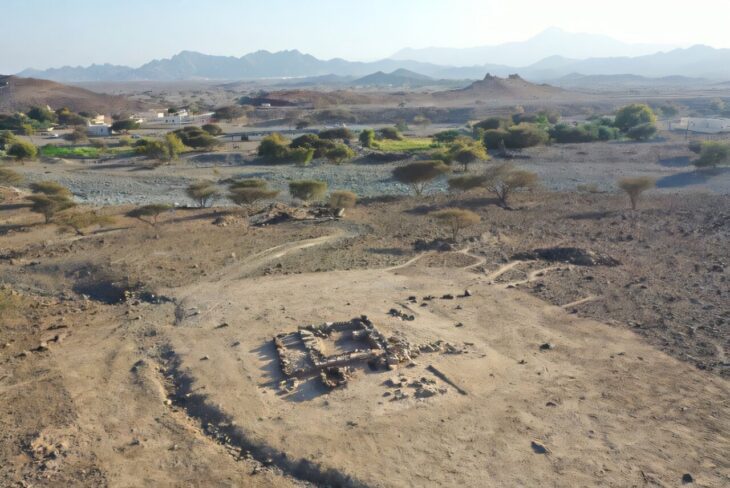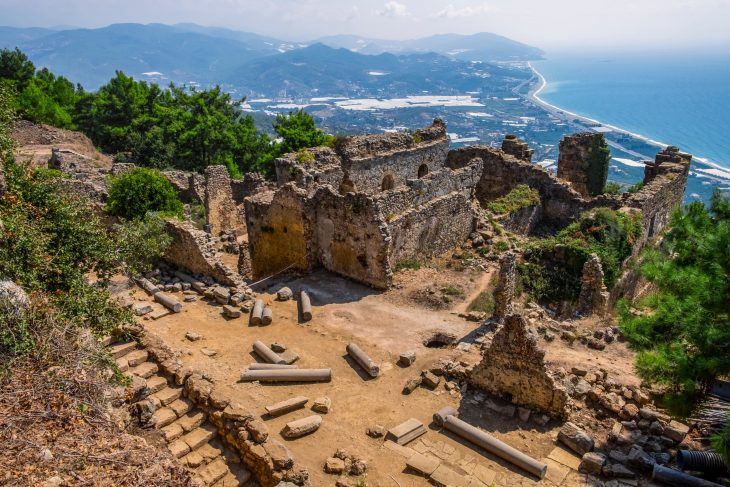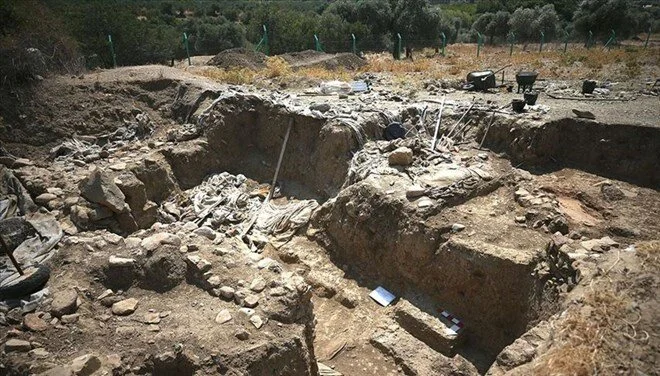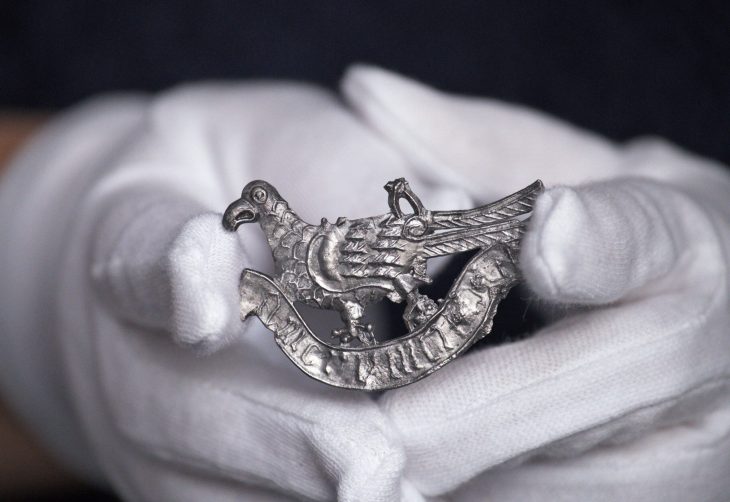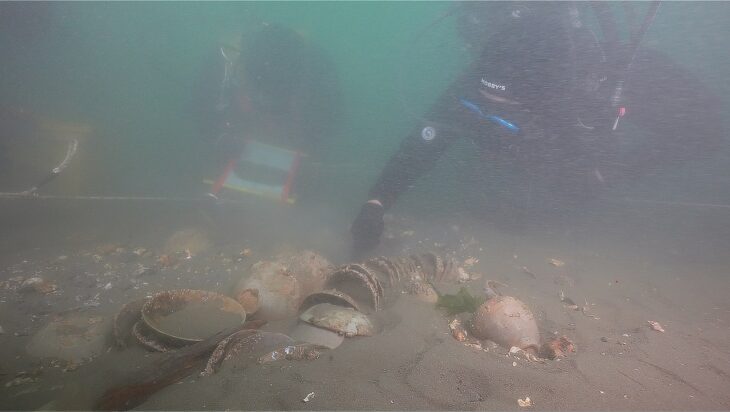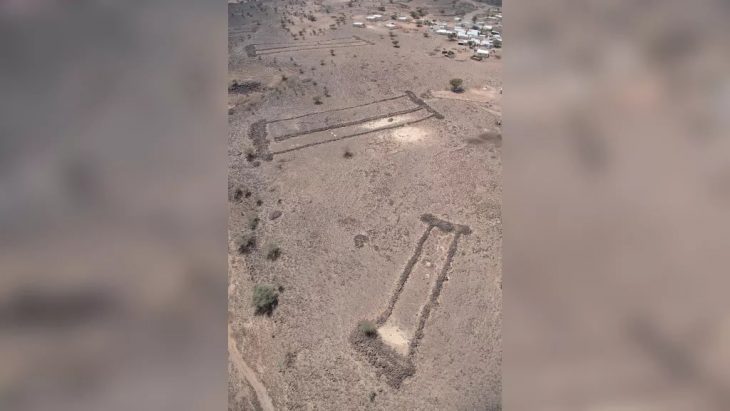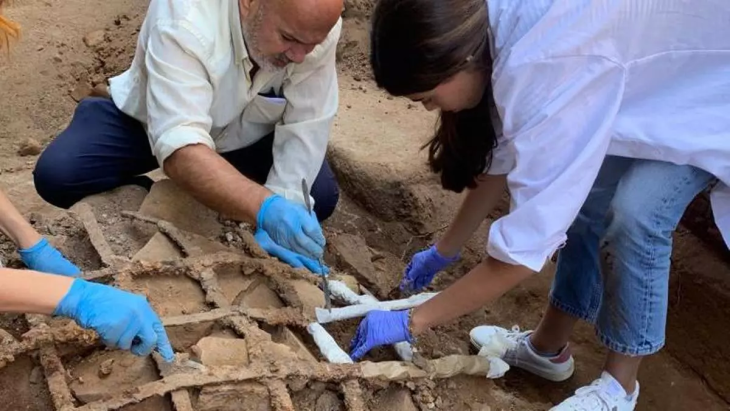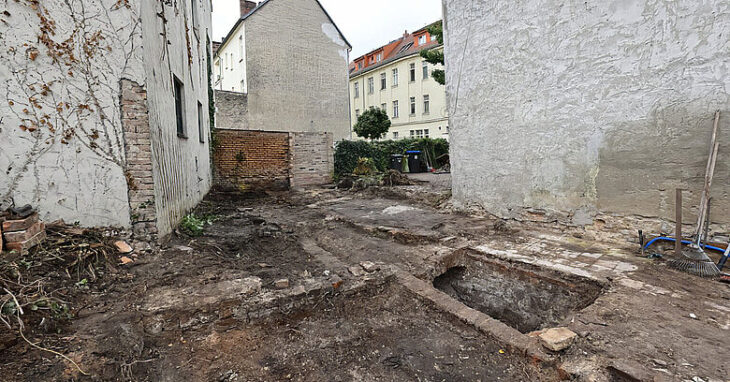In a remarkable archaeological breakthrough, researchers and students from Margulan University have unearthed two rare bronze knives dating back over 2,700 years, believed to originate from the early Saka period. The discovery was made in the Bayanaul district of Kazakhstan’s Pavlodar region, at the newly identified Toraygyr-7 burial site, located near the scenic Lake Toraygyr within Bayan-Aul National Park.
These finely crafted blades are believed to date back to the early Saka period, offering significant insight into the metallurgical skills and cultural practices of the ancient nomadic peoples who once roamed the Eurasian steppe.
Early Iron Age Craftsmanship from Local Bronze
According to Elena Tusheva, chief curator of Margulan University’s archaeological collection, the knives were cast using ancient metallurgical techniques from locally sourced bronze. “Stylistically, the blades reflect characteristics of the early Iron Age, revealing that the region had already developed advanced metalworking technologies and maintained stable cultural connections during that era,” Tusheva explained.
This discovery is considered one of the oldest bronze artifacts ever found in the Pavlodar region, and it contributes to the growing understanding of technological evolution on the Kazakh steppe.
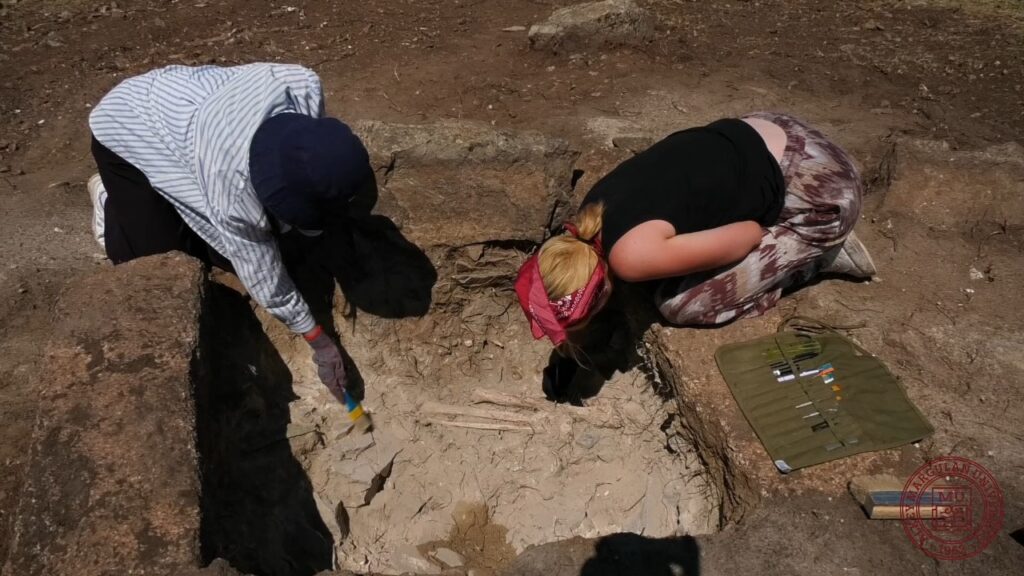
Burial Grounds of the Tasmola Culture
The site yielded more than just artifacts. Excavations also revealed human remains from the Tasmola culture — a prominent nomadic civilization of Central Kazakhstan, flourishing between the 7th and 3rd centuries BCE. The Tasmola people are best known for their “mustached kurgans”—distinctive burial mounds featuring stone outliers and celestial alignments.
📣 Our WhatsApp channel is now LIVE! Stay up-to-date with the latest news and updates, just click here to follow us on WhatsApp and never miss a thing!!
Angelina Grishchenko, a student involved in the dig, noted that the skeletal remains were well preserved, allowing researchers to determine sex, age, and anthropological traits. In a deeper layer, archaeologists uncovered an even older Andronovo culture burial, indicating cultural continuity between Bronze Age and Iron Age populations.
Who Were the Saka and Tasmola Peoples?
The Saka were an Iranian-speaking nomadic group who dominated parts of Central Asia during the early Iron Age, around the 8th to 3rd centuries BCE. Known for their warrior aristocracy, horsemanship, and elaborate burials, the Saka played a crucial role in shaping the region’s culture and trade. Kazakhstan’s famed “Golden Man,” adorned in thousands of gold pieces, is attributed to this powerful group.
The Tasmola culture, often linked to early Saka groups, is unique to Kazakhstan and is characterized by its complex funerary architecture, stone stelae, and astronomical knowledge embedded in burial layouts. Discoveries like those at Toraygyr-7 help bridge gaps in our understanding of how early nomadic cultures interacted, evolved, and preserved tradition over centuries.
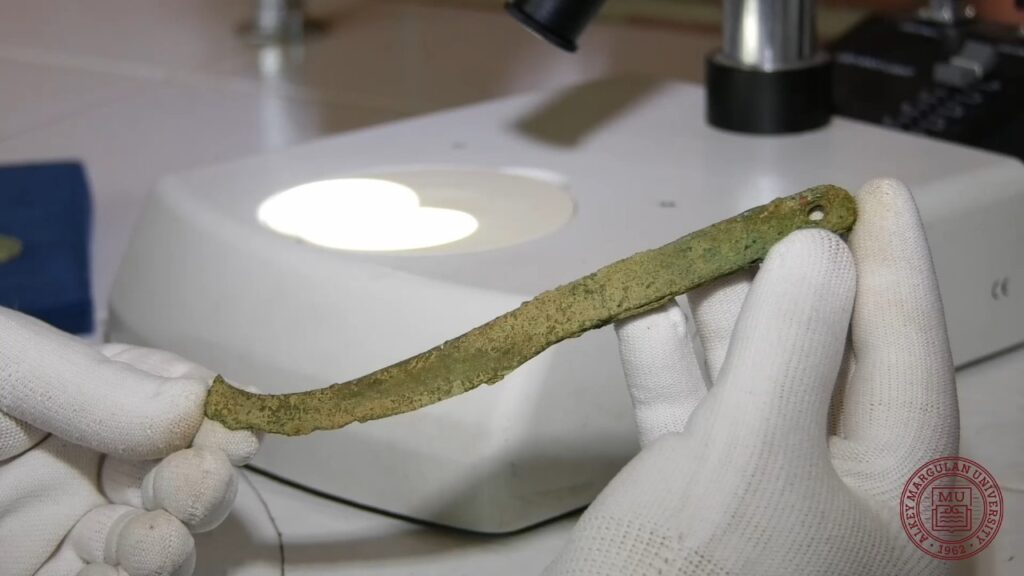
Preserving Kazakhstan’s Archaeological Heritage
Margulan University has conducted archaeological research in the Bayanaul region for over a decade, continuing the legacy of scholars such as Alkey Margulan and M. Kadyrbayev. Their work supports the preservation of Kazakhstan’s most important archaeological sites and contributes to a deeper appreciation of the country’s Iron Age history.
The recent findings of bronze knives and Tasmola burials not only enrich Kazakhstan’s historical narrative but also highlight its potential as a hub for archaeological discovery, scientific exploration, and cultural tourism.
Cover Image Credit: Margulan University

